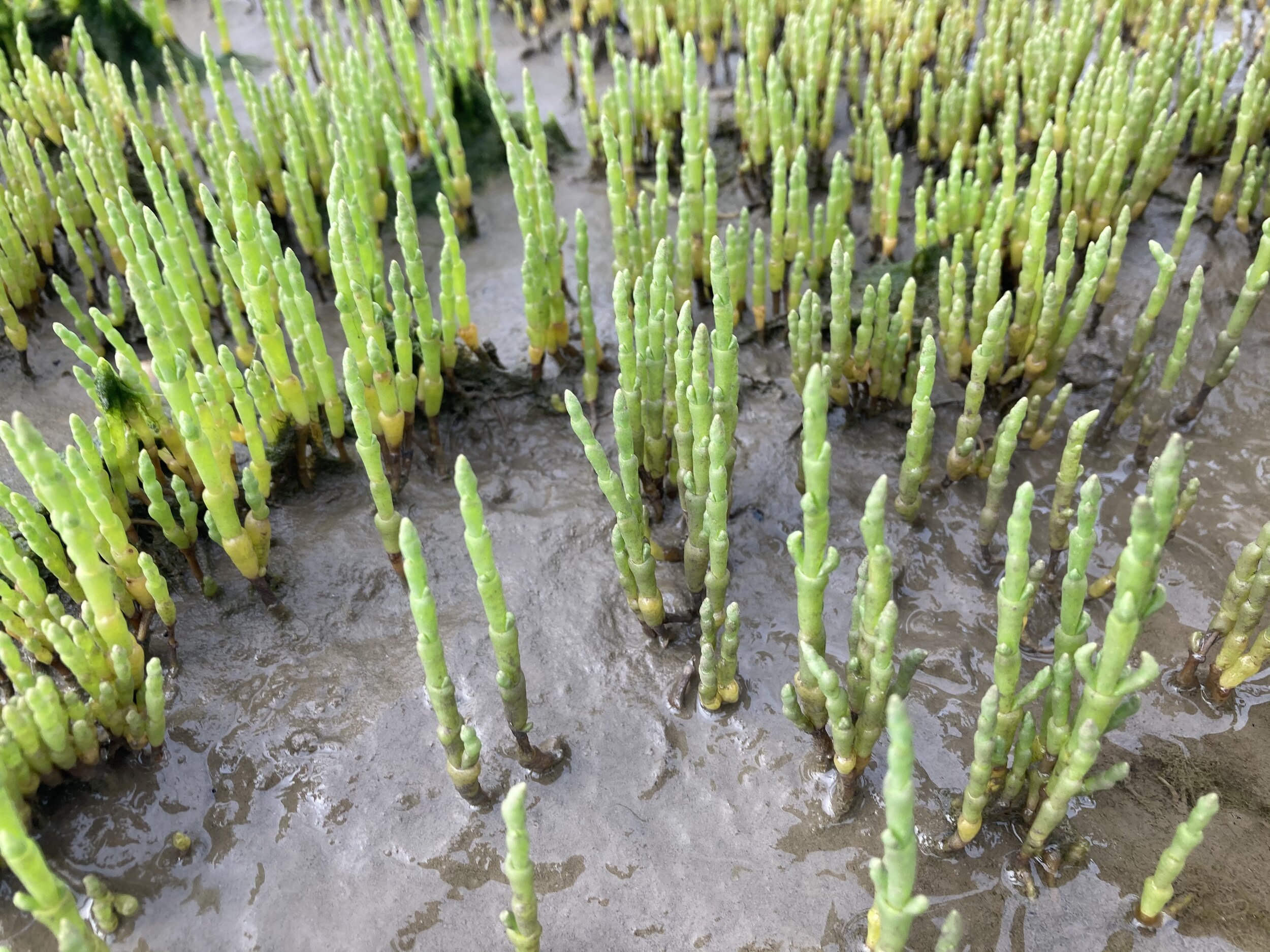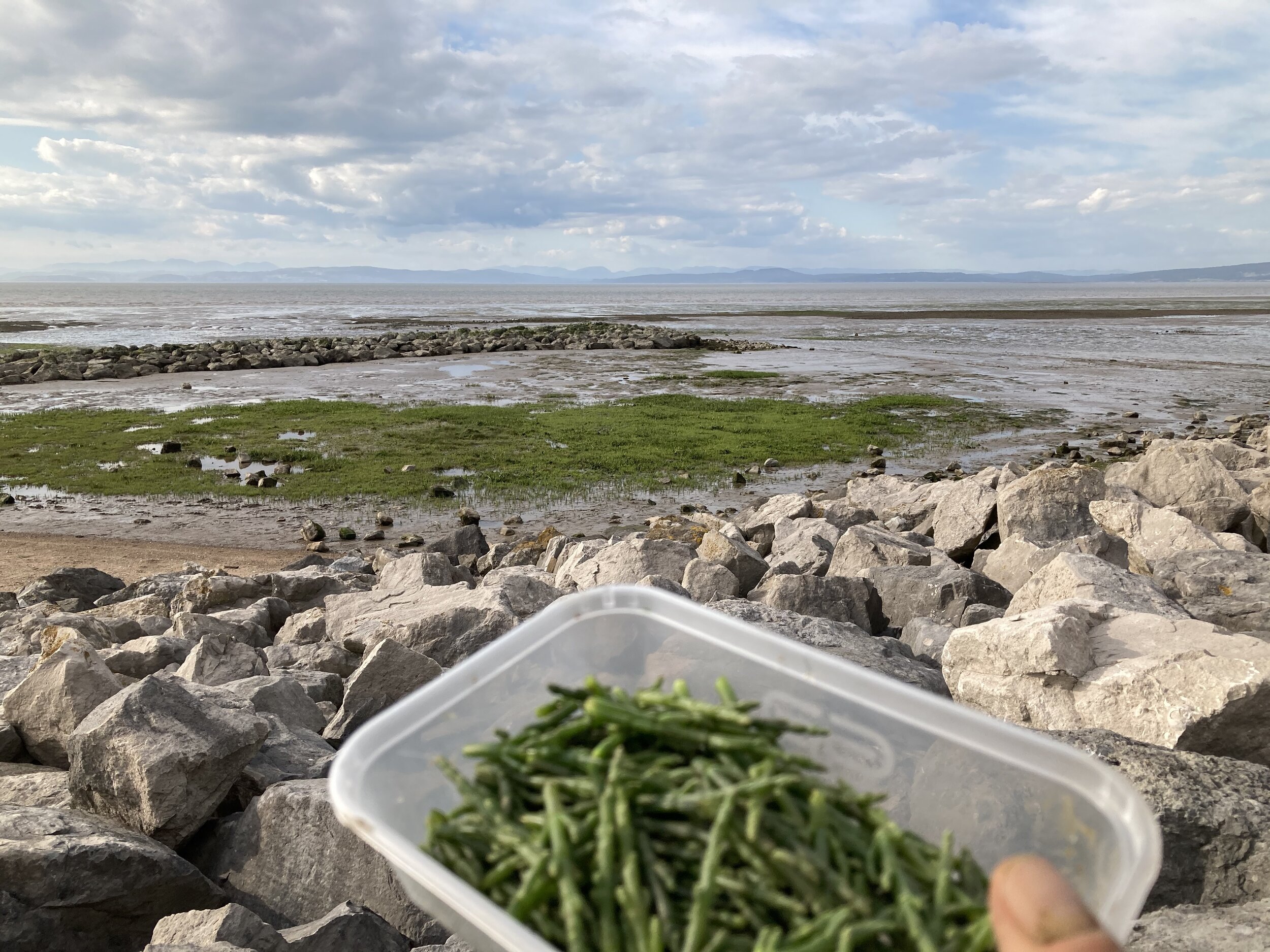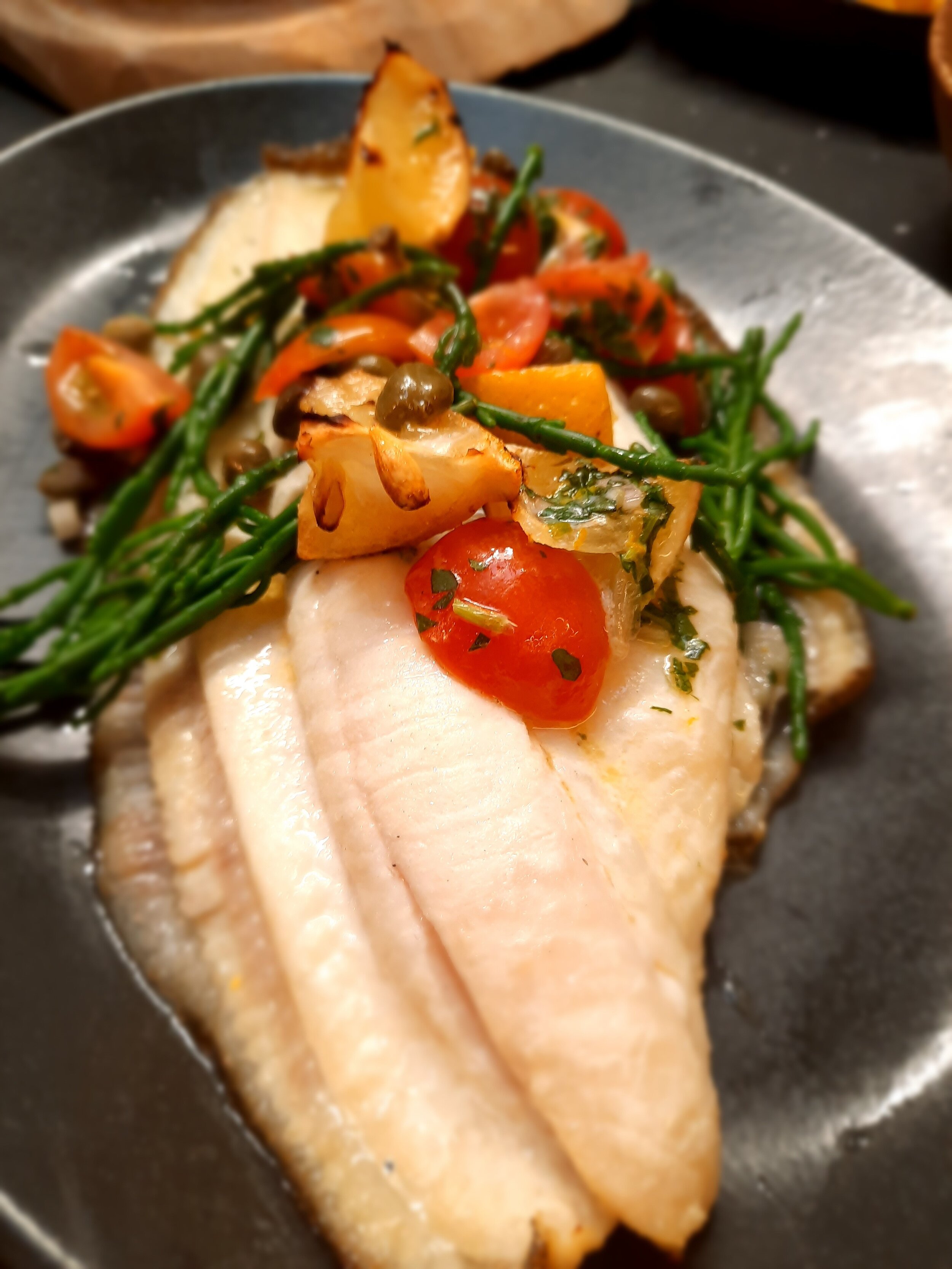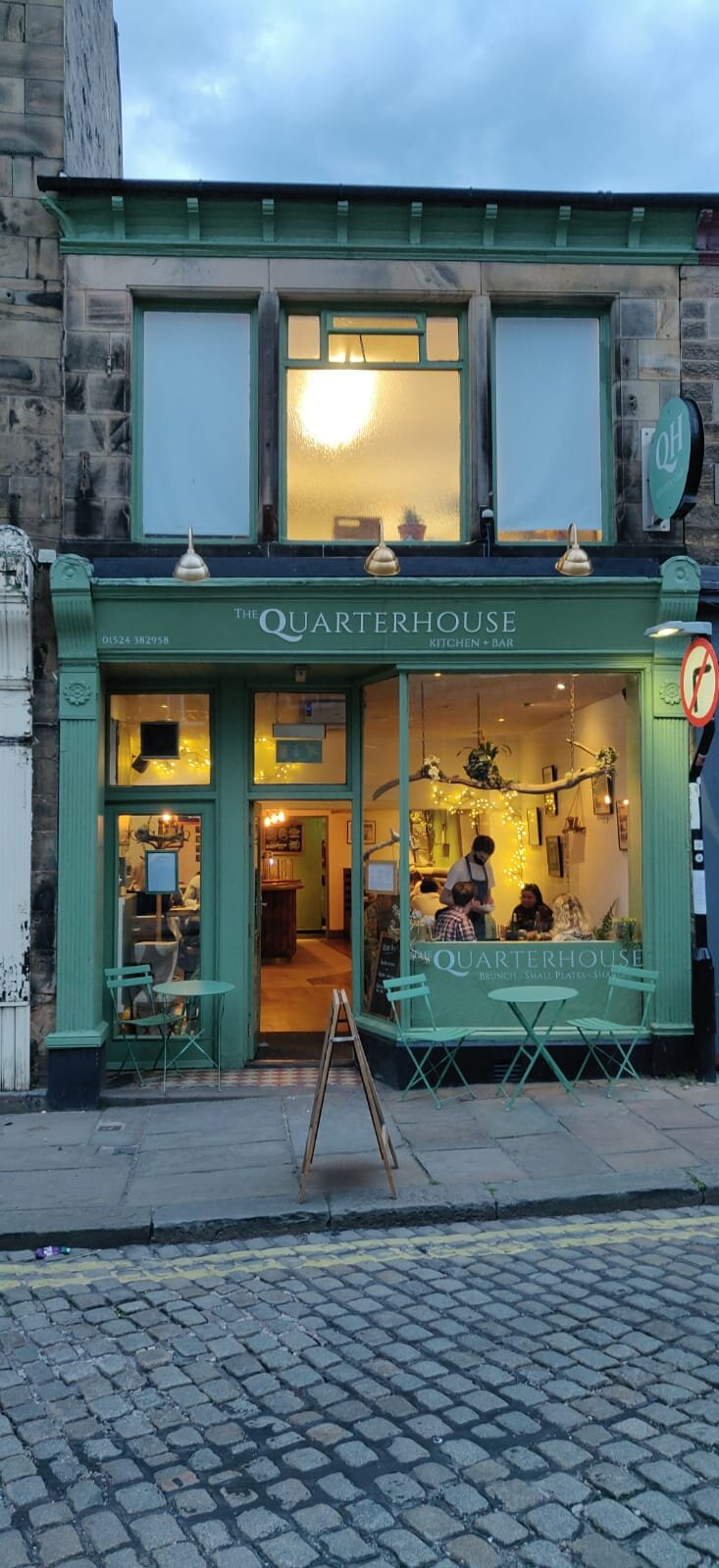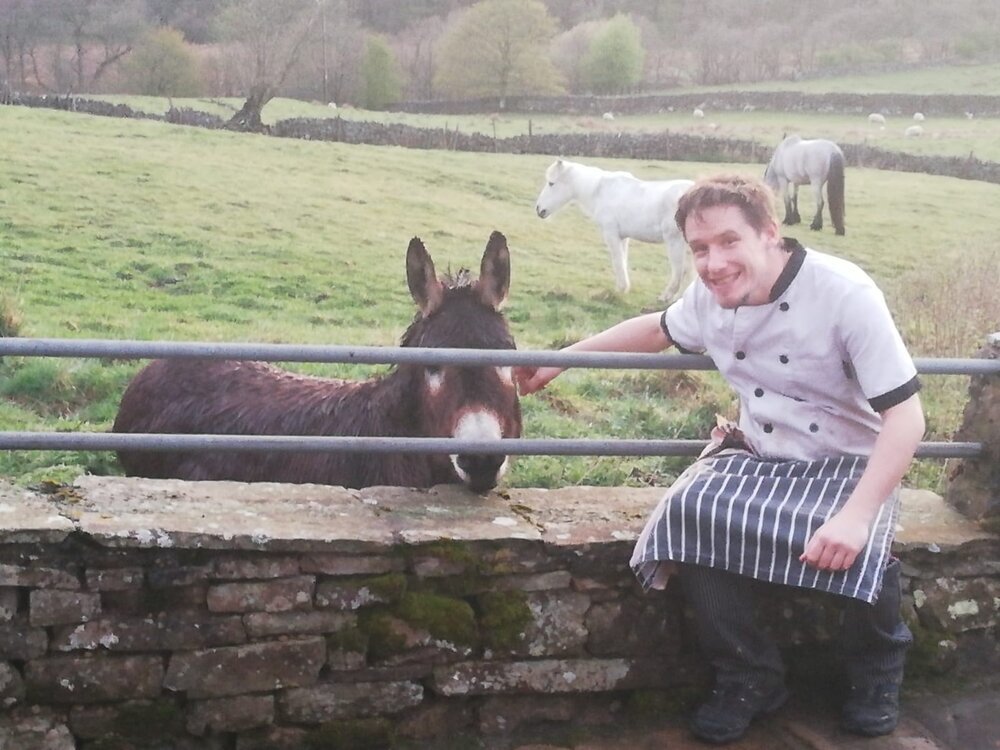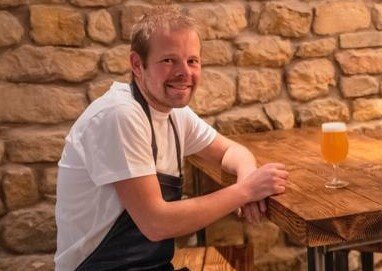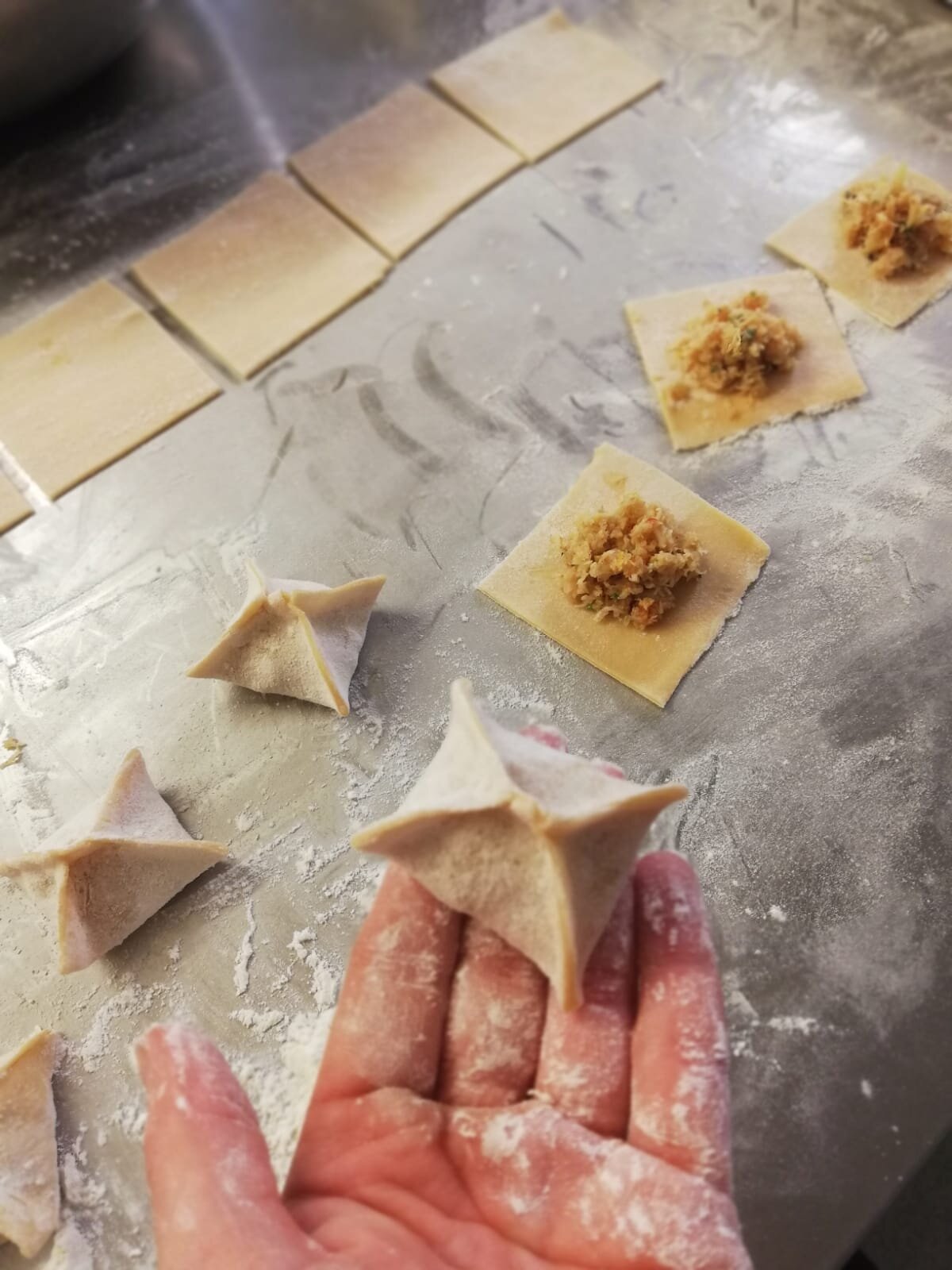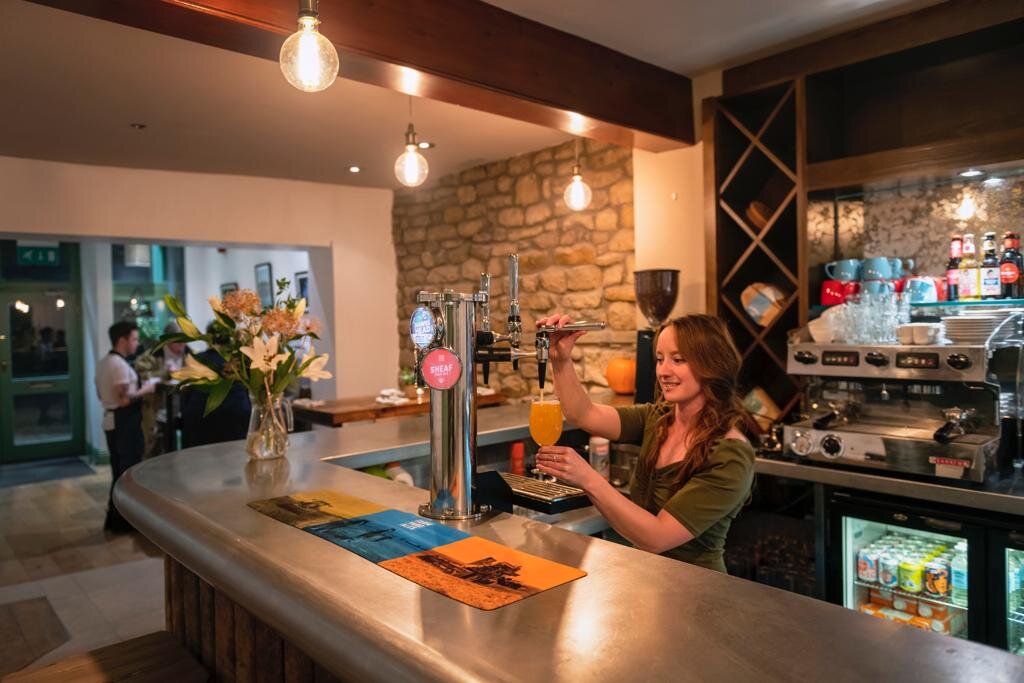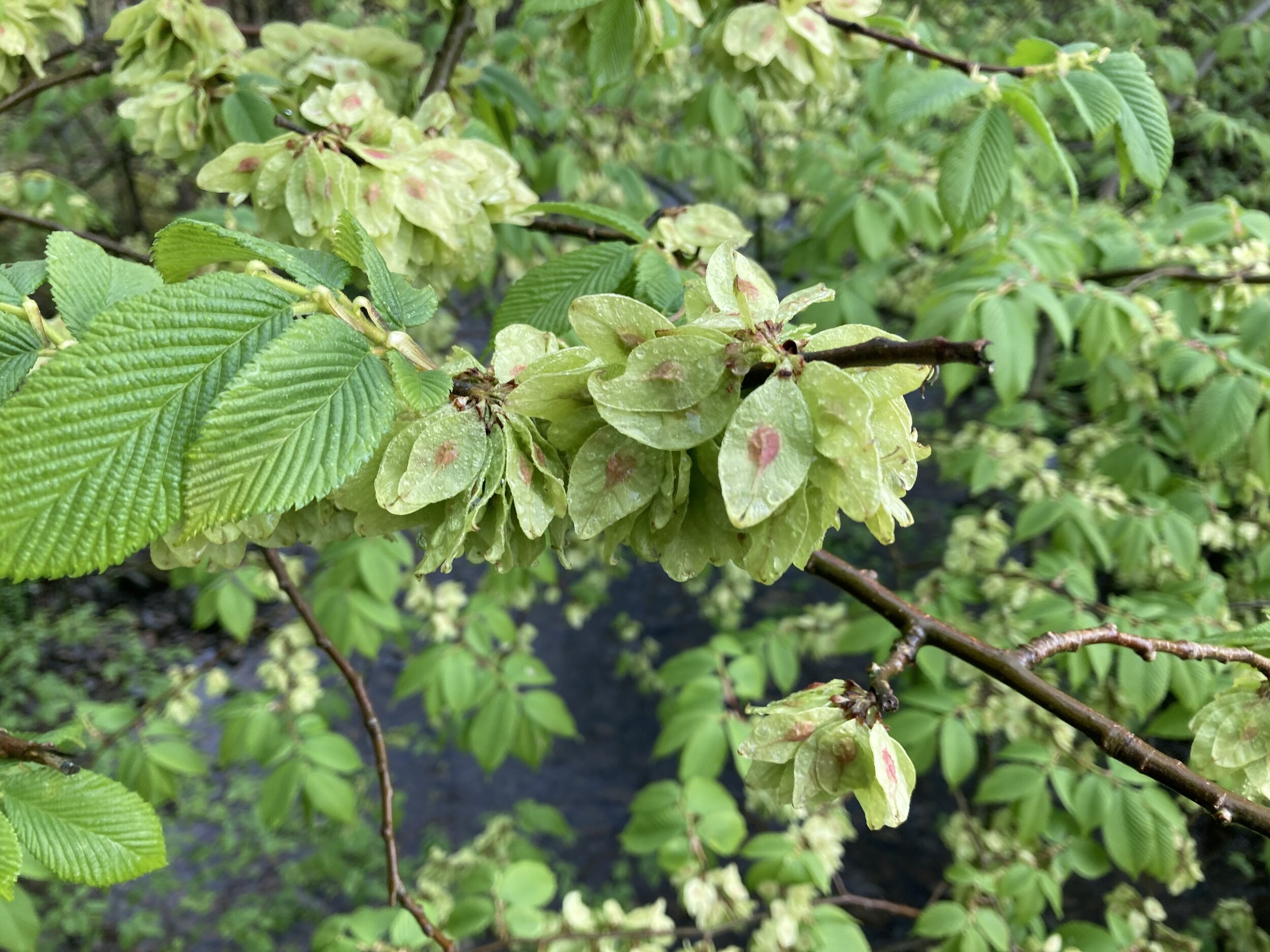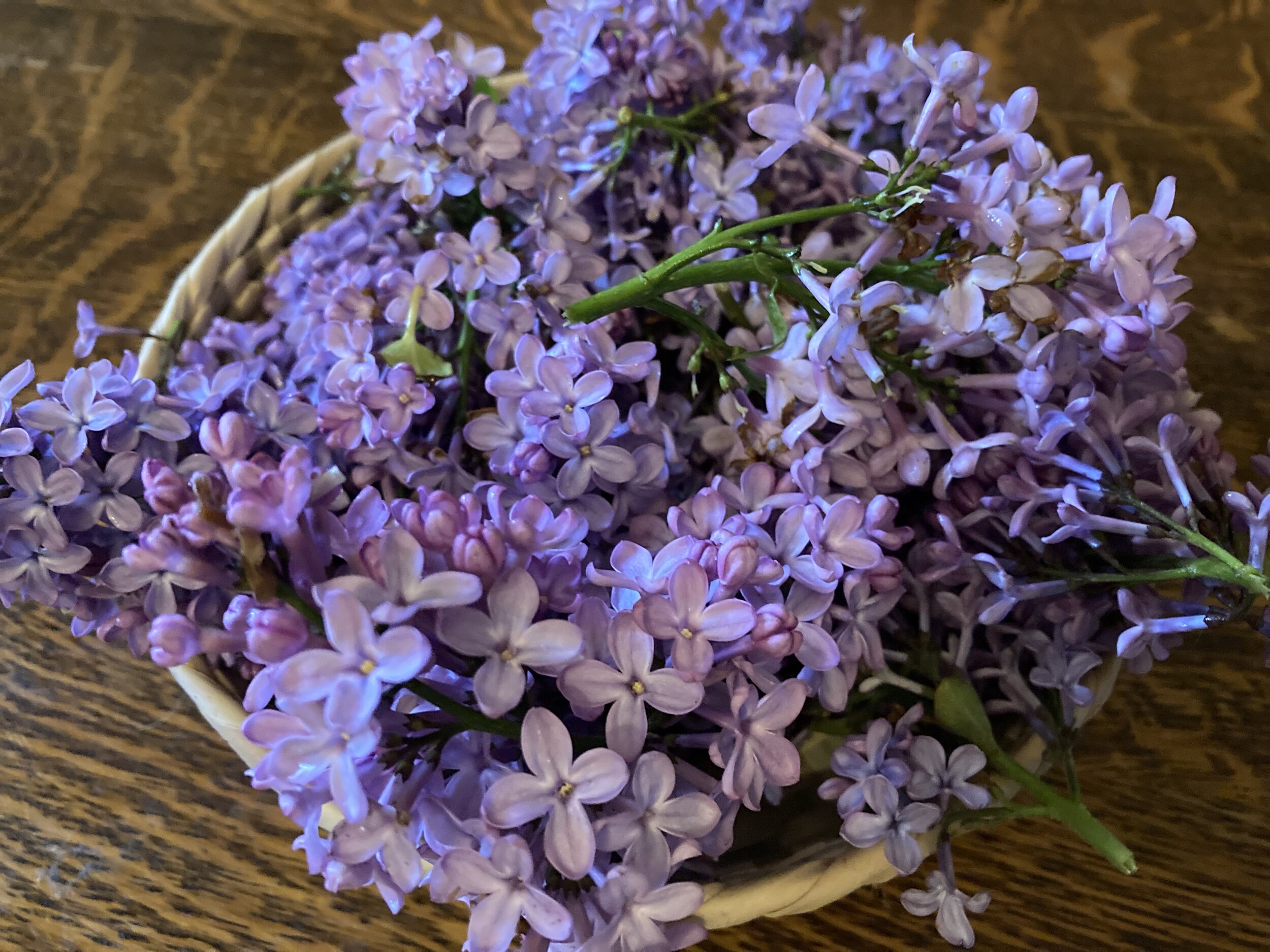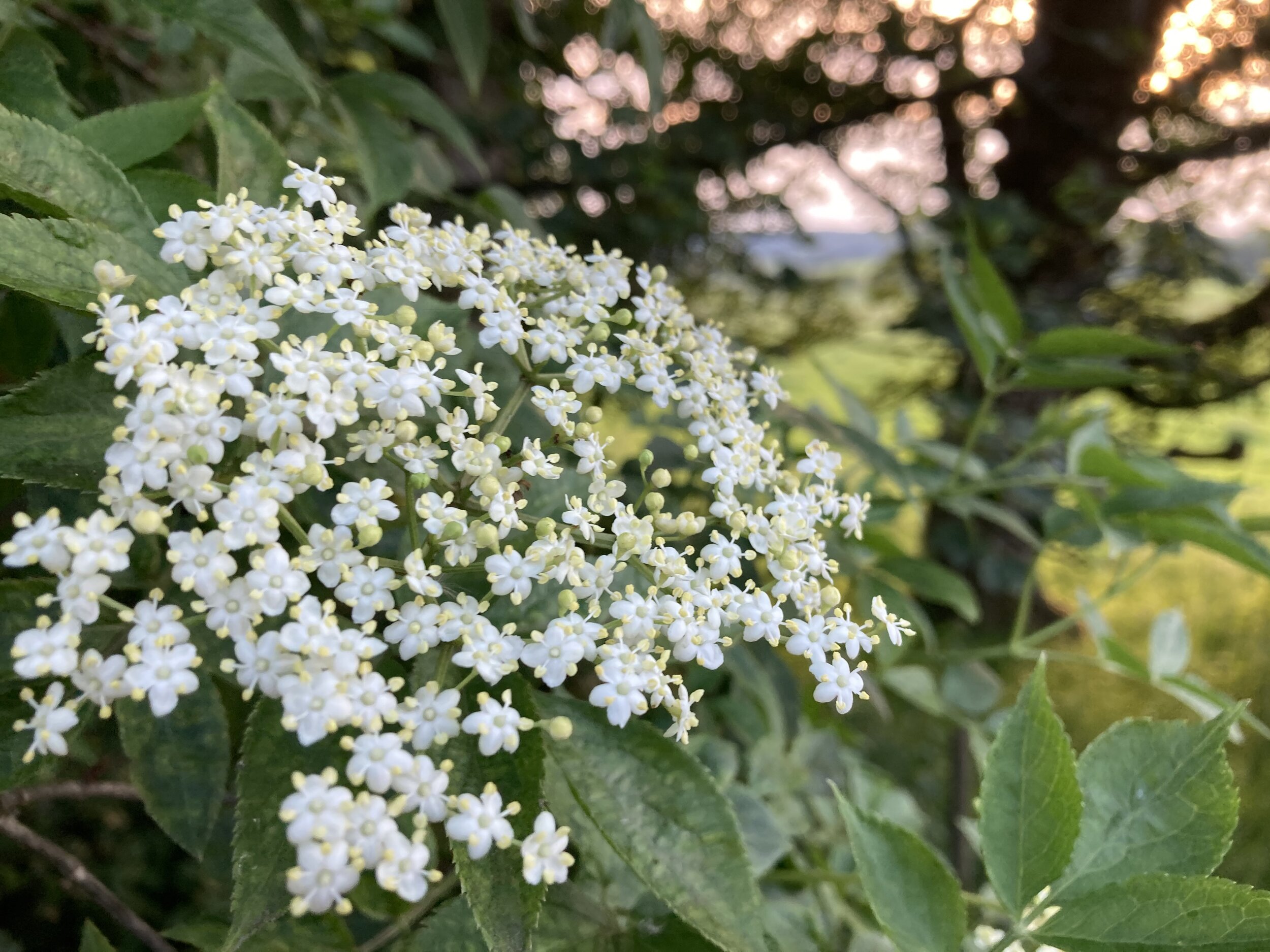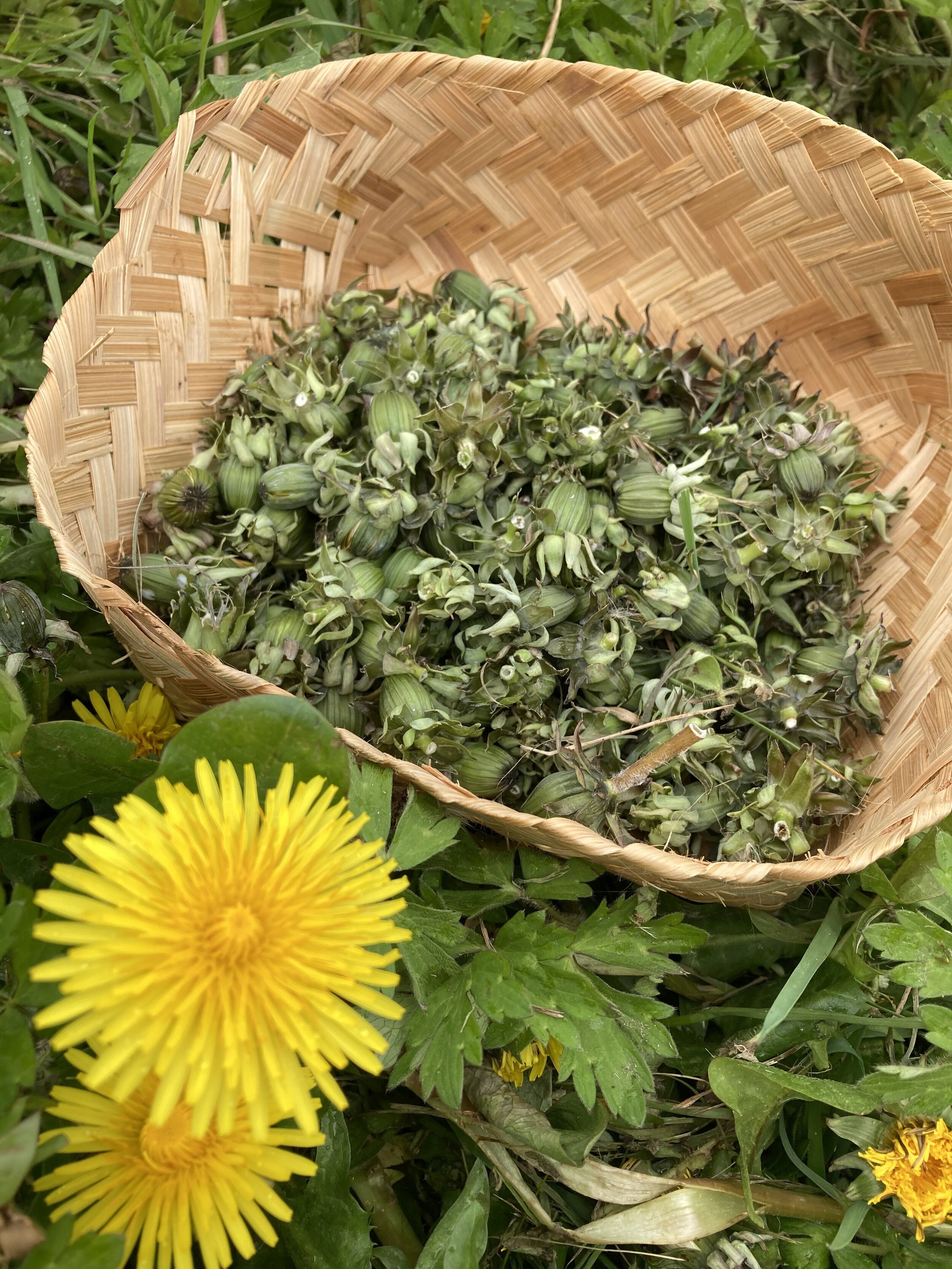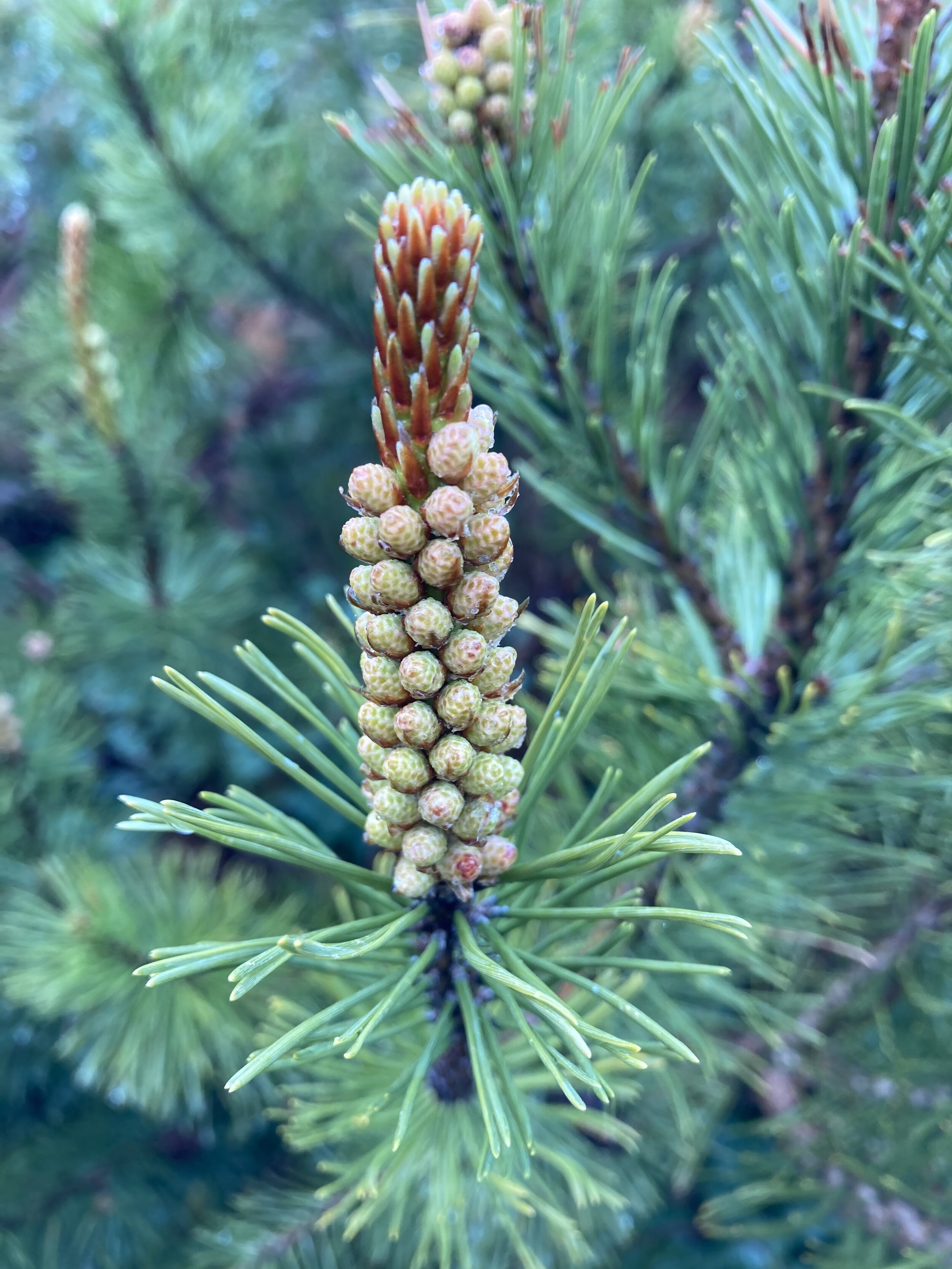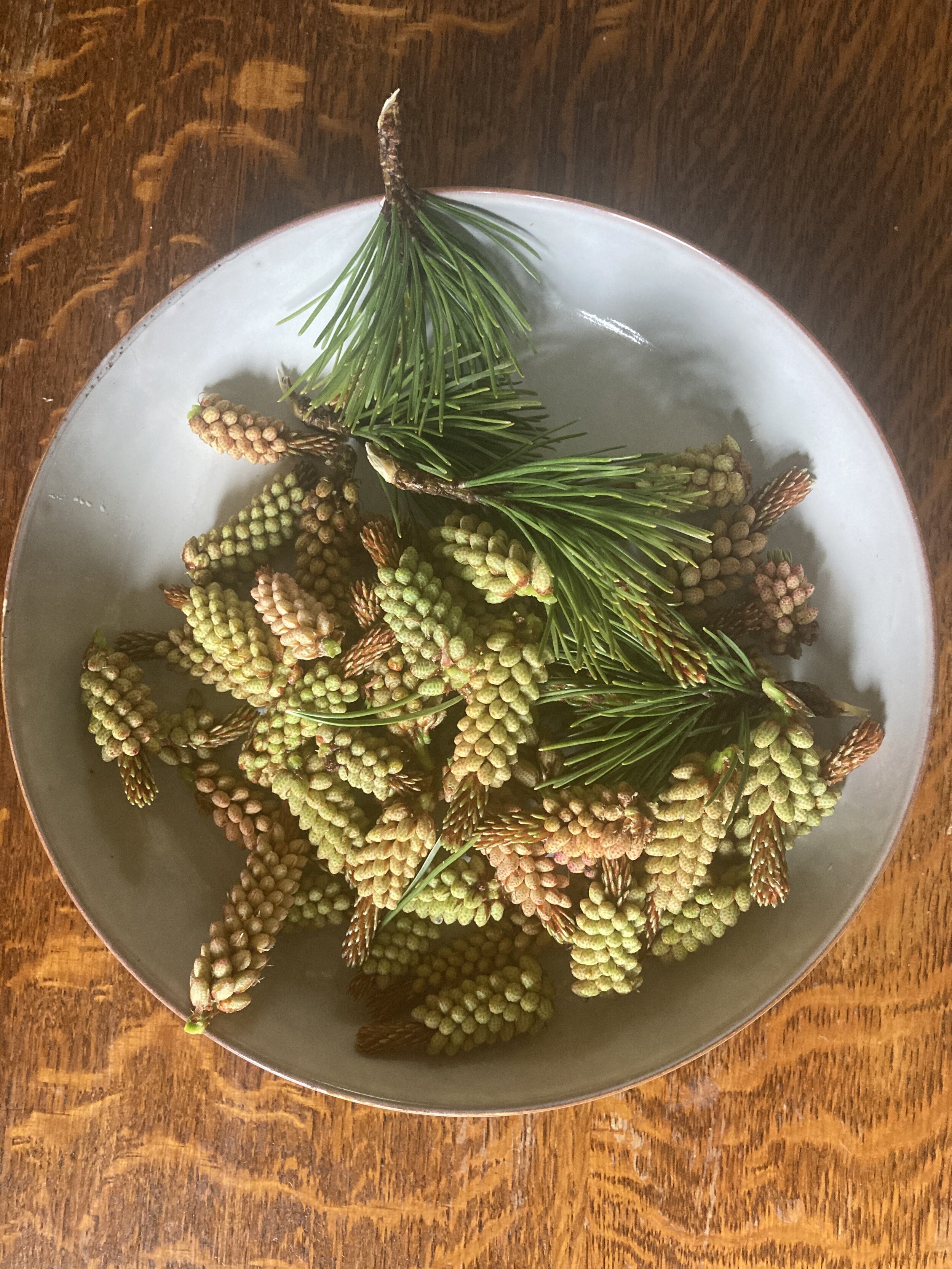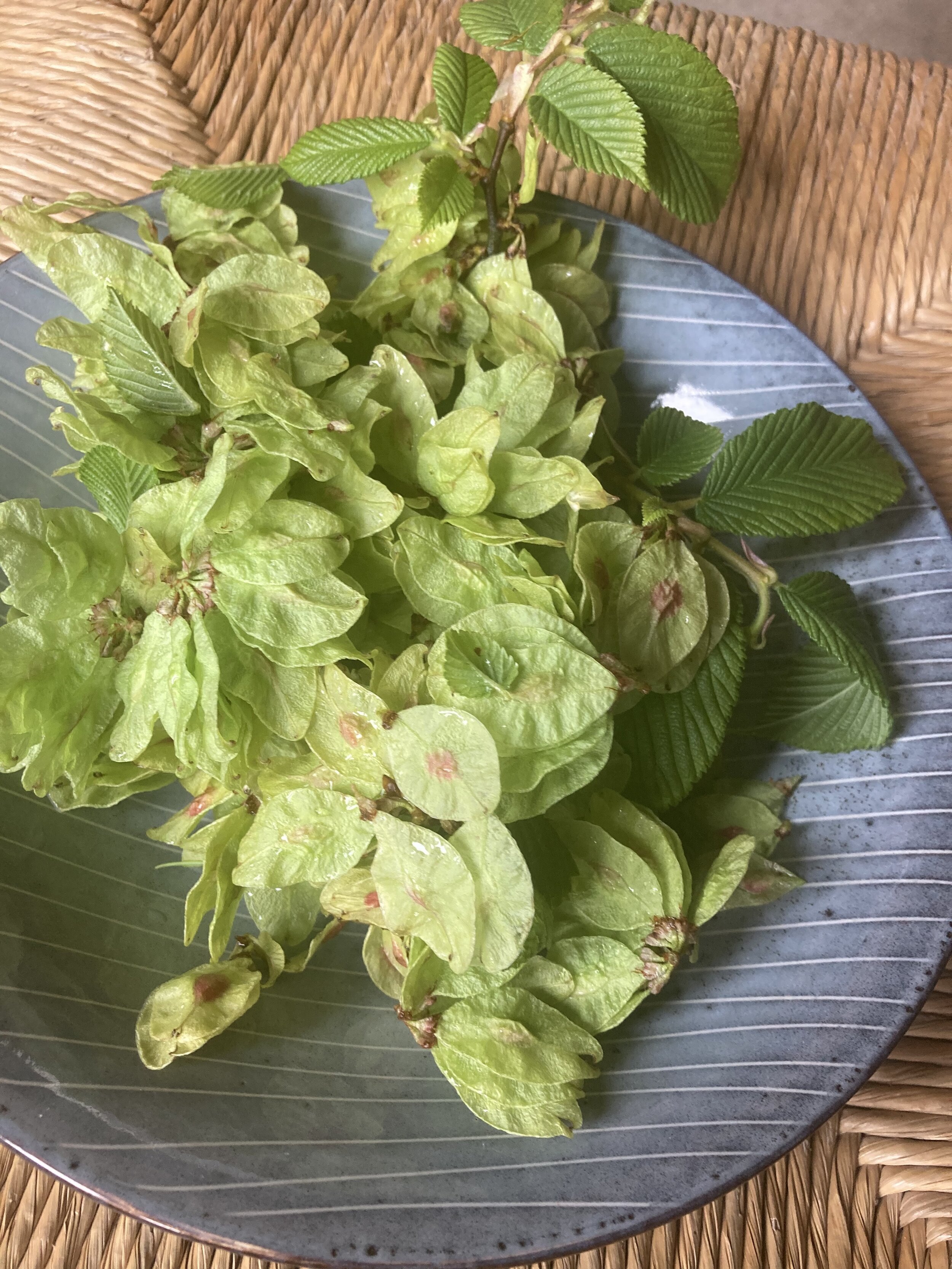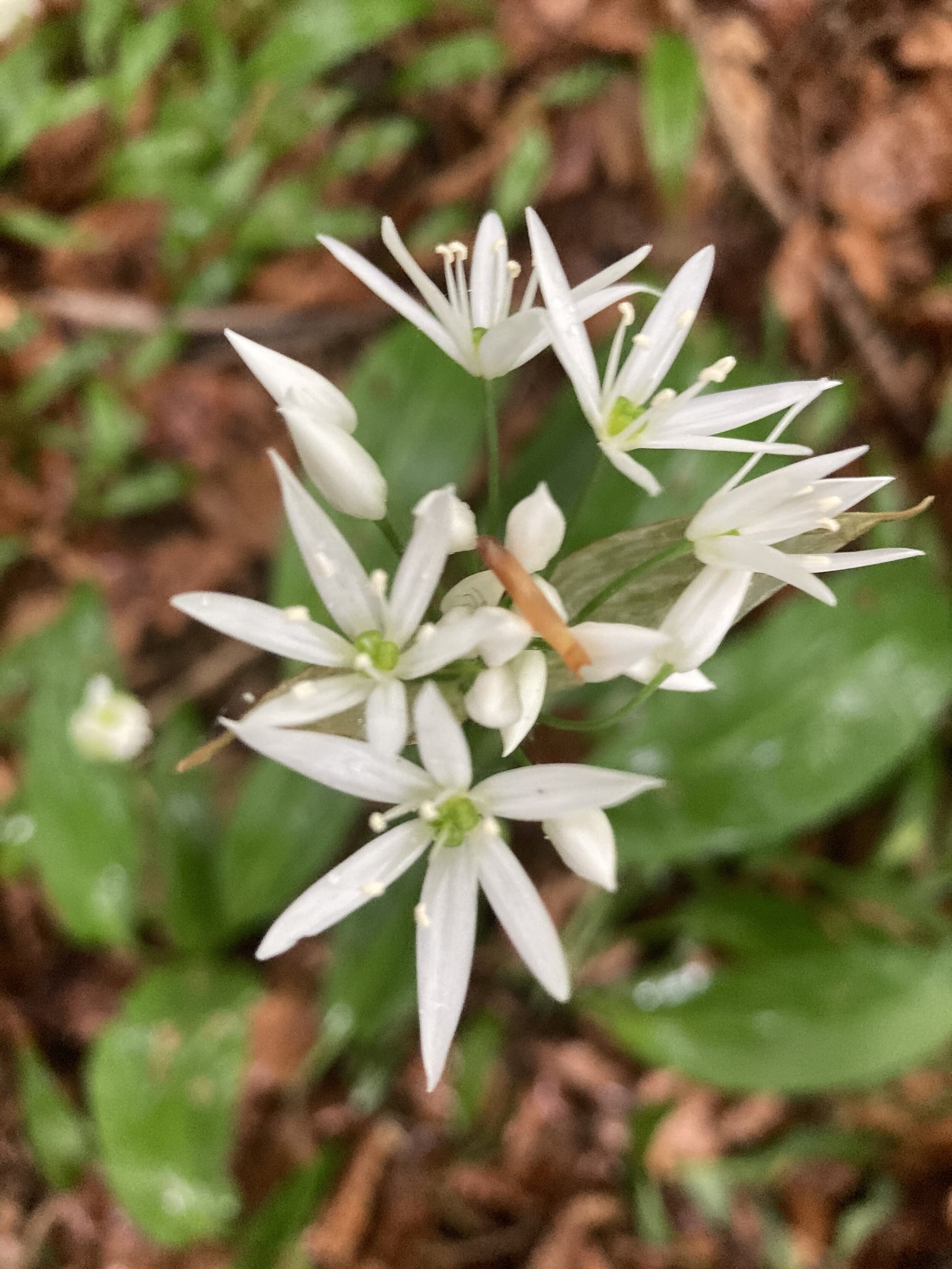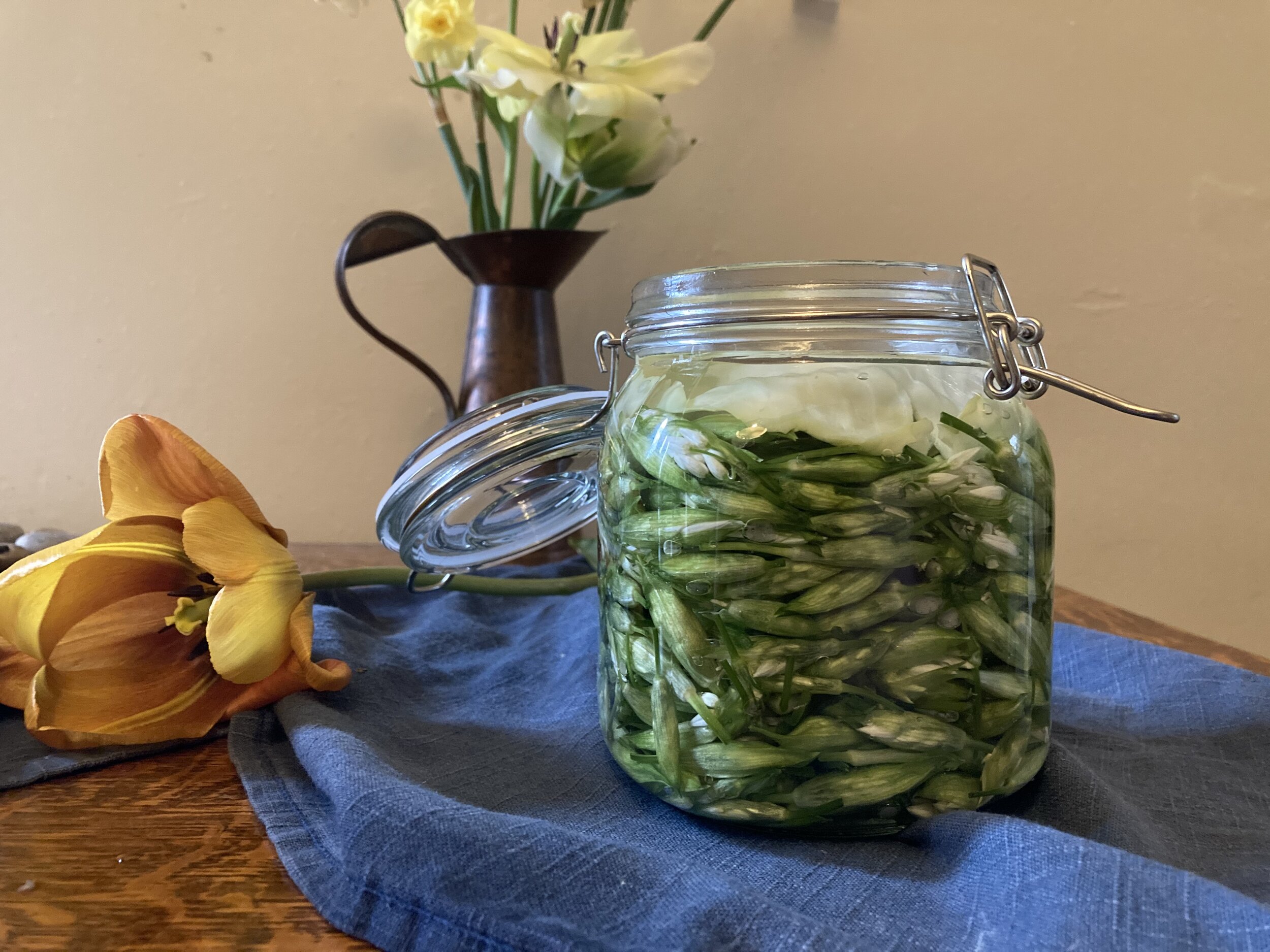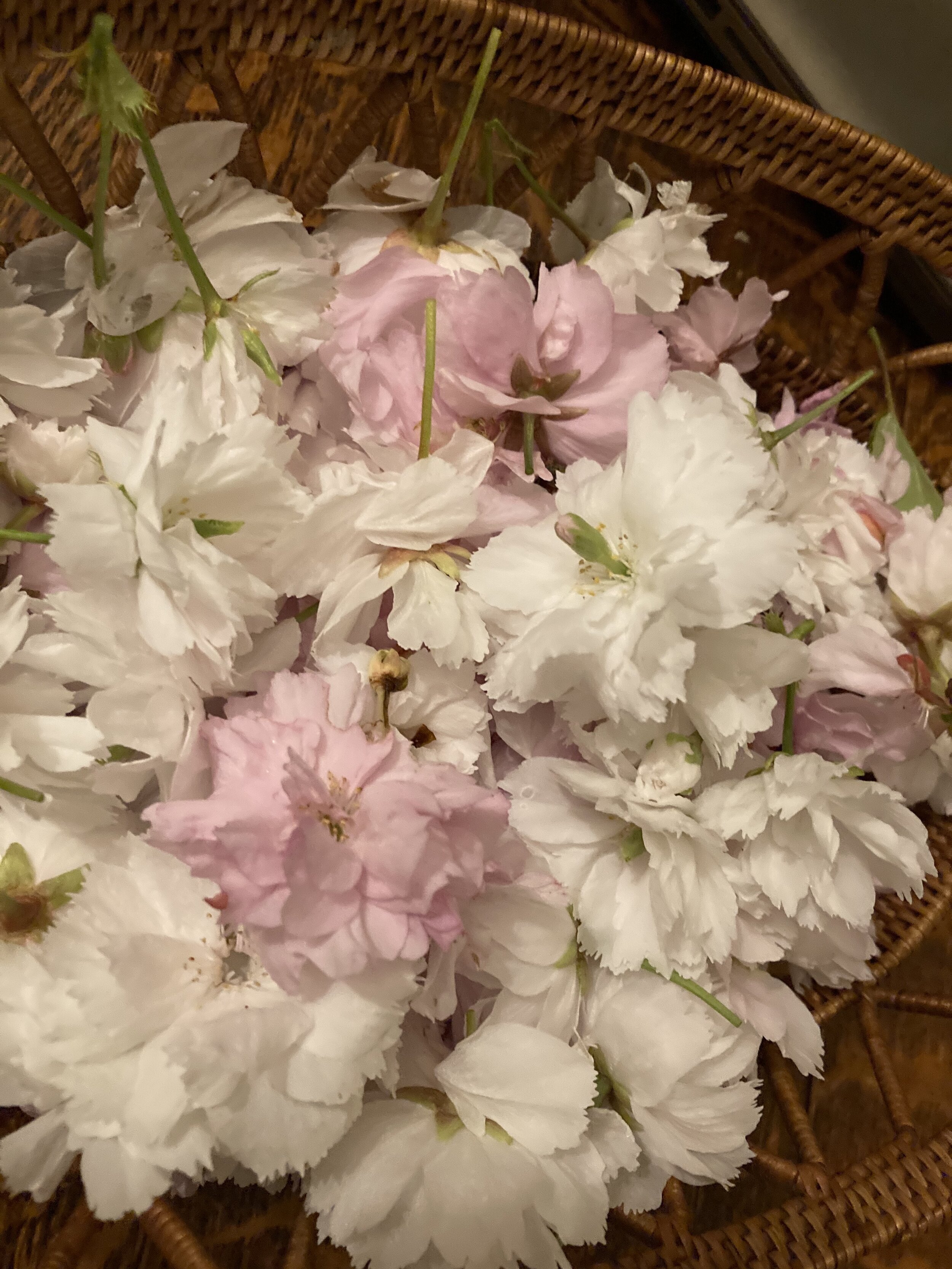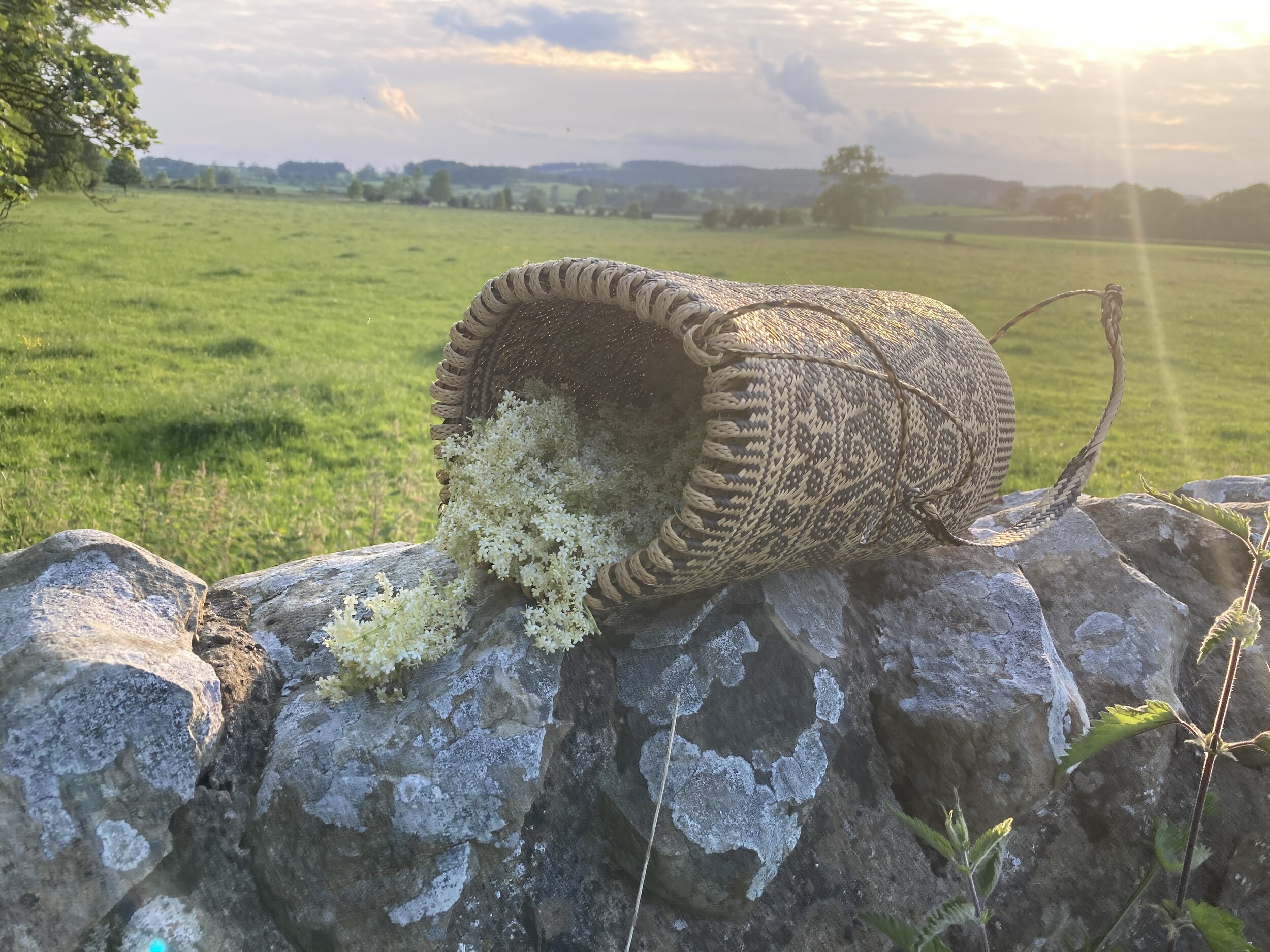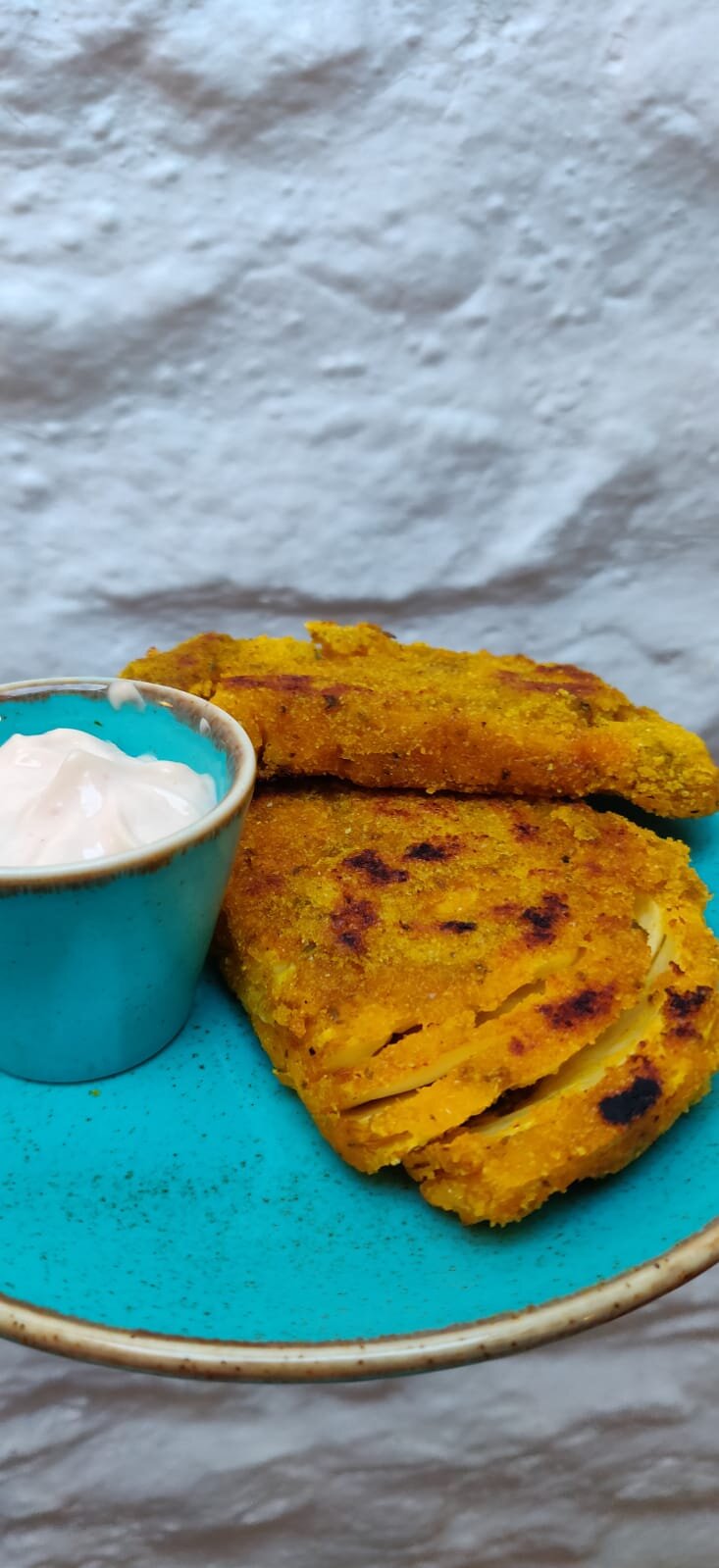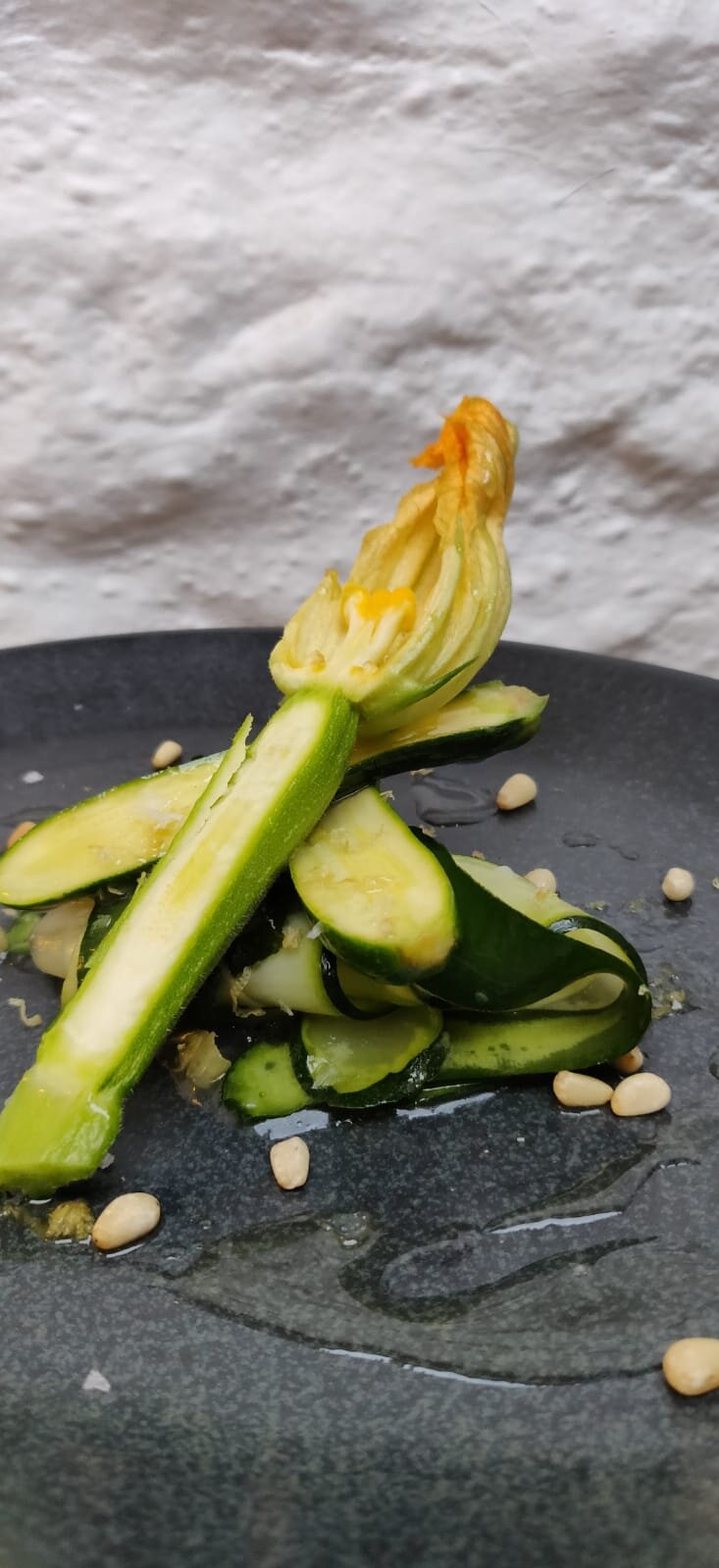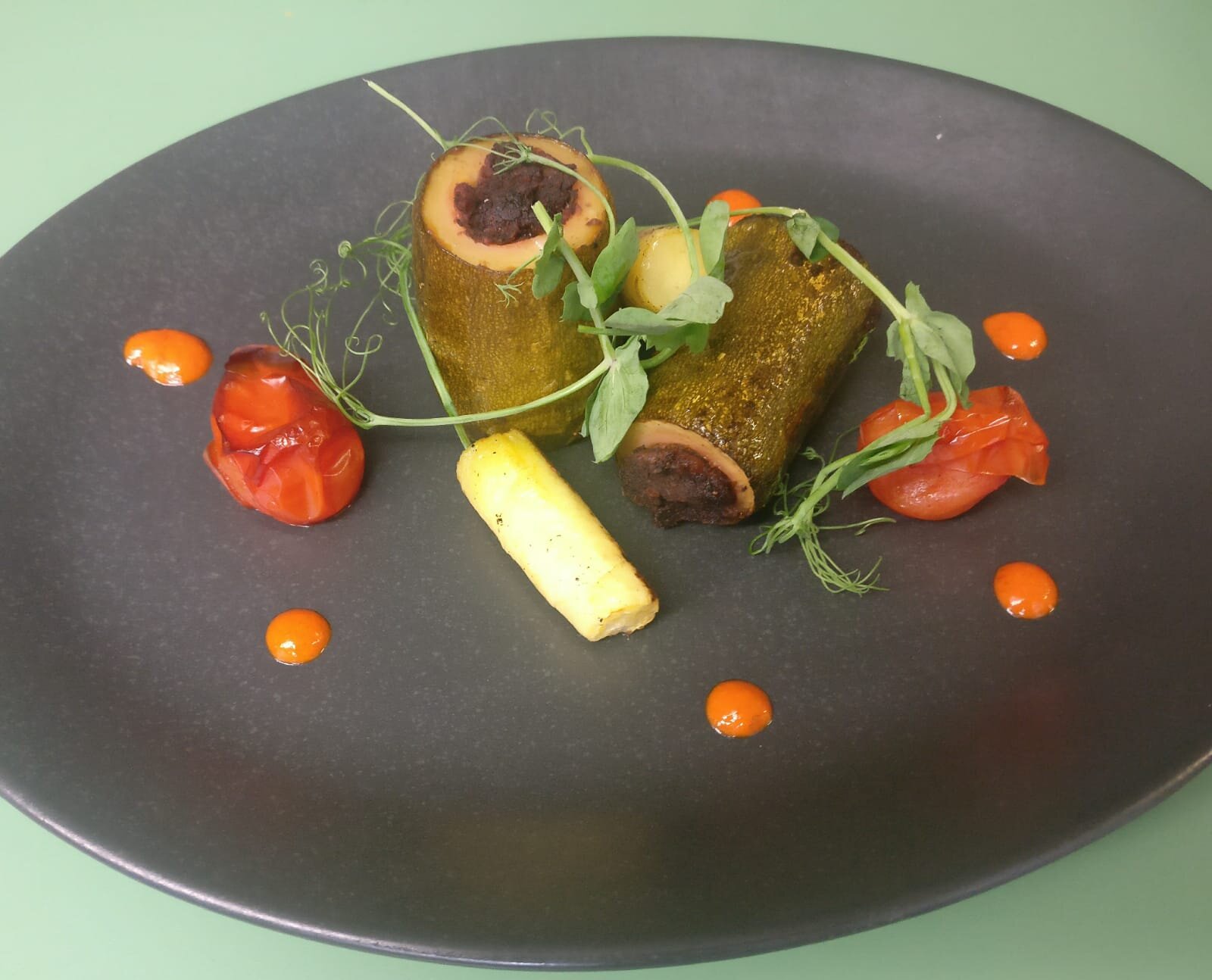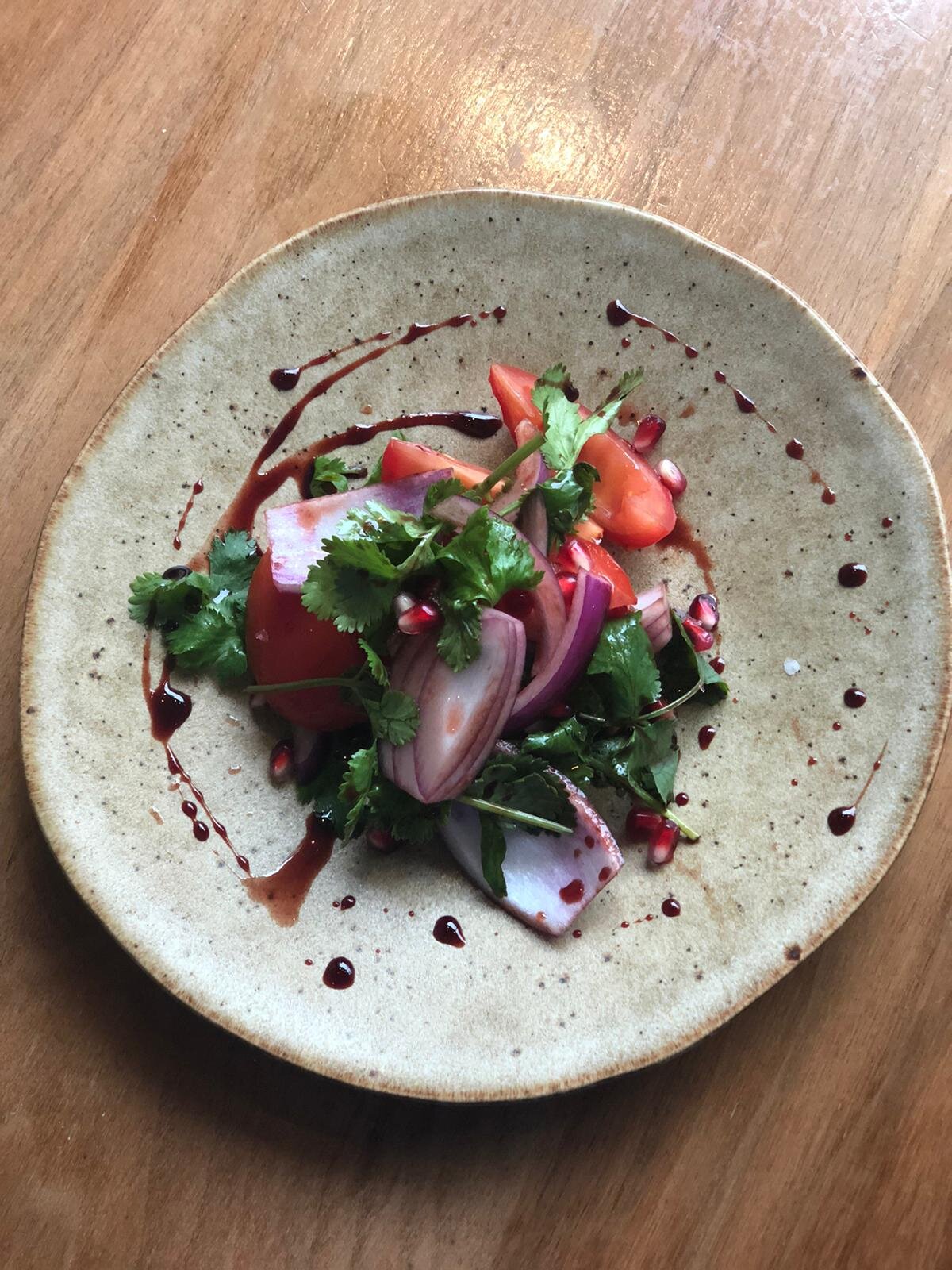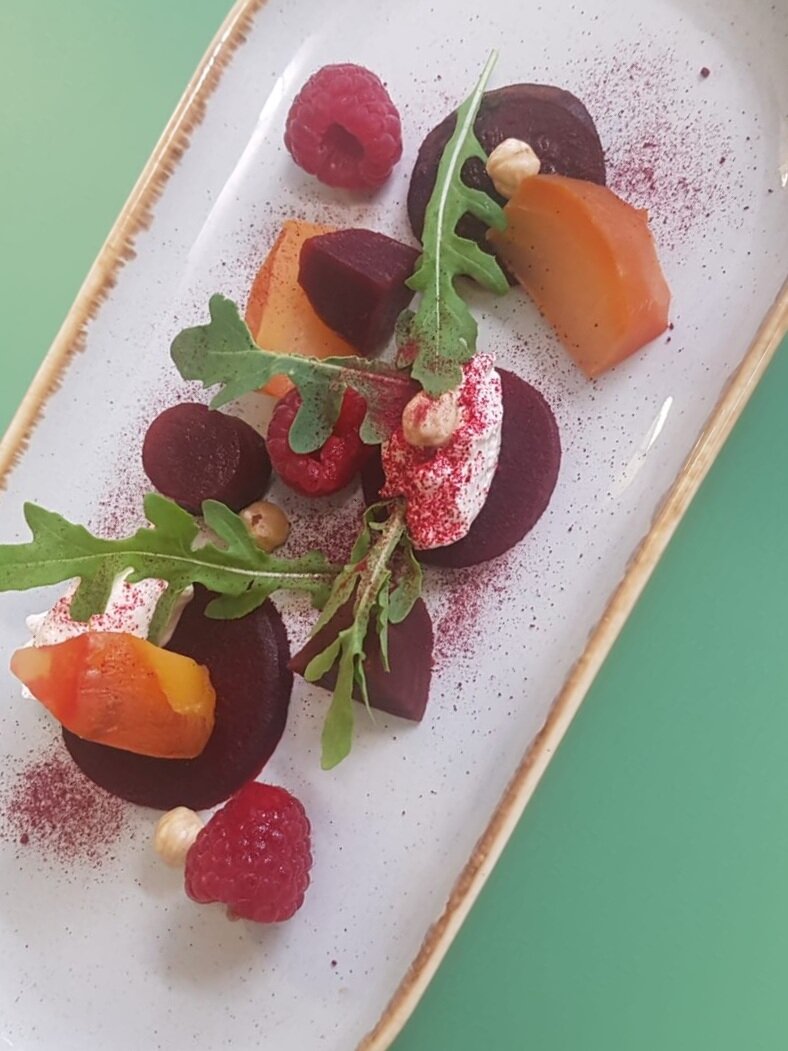Check out what we’re up to in and around the Quarterhouse!
Parched Peas
Parched peas paired with our suet pudding / Traditional parched peas in Preston town centre
Parched Peas have featured at The Quarterhouse several times, and are currently starring on our Autumn menu alongside our chicken and black pudding suet pudding.
Parched peas were once common at Lancashire fairs and festivals, and sold by street food vendors. The Foods of England Project documents one such vendor from nearby Preston, "Hot Pea Peter”, who cooked them over a brazier singing,
Hot peas, parched peas
A penny for a plateful.
Better than yer chitterlings, potted shrimps, or cheese.
Hot peas, fine peas, a penny for plateful.
Who'll buy a penn'orfn of me hot parched peas?"
But, like many traditional foods, this dish has become hard to find - so much so that Slow Food UK has listed them as one of our “forgotten foods”. Indeed, most Quarterhouse guests do not recognise parched peas when they’re on the menu, except from some of our older, local diners.
They tend to remember them from childhood, as treats shared on Bonfire Night. The dried peas are slow cooked so that they retain a bit of bite. Buttered, salted and doused in vinegar, they were traditionally served as snacks in paper cones.
We use dried black peas, variously known as maple or pigeon peas (Cajanus cajan). These get “parched”, an old fashioned term for the slow rehydration and boiling process, until they form a gravy and retain their bite ….. More
We’re proud to be bringing this local traditional food back onto Lancaster menus.
Lazy Sunday Music at QH
Late on Sunday afternoons, things at The Quarterhouse slow down a little. The kitchen closes, the staff pour pints and take a seat alongside patrons to enjoy some of Lancashire's best live acoustic folk musicians.
Music is central at the Quarterhouse - the daytime playlists are carefully chosen by Alan and Angus (although not without considerable debate and compromise!). And the restaurant is known for hosting some of the city’s best acts, with a focus on traditional and original folk music presented in a relaxed, social setting. Our acts have ranged from established solo artists such as Dara Woods and Glyn Shipman, to emerging acts like James O’Donnell, to full and eclectic bands such as Lancaster’s very own Sidley Park.
This year, during the 2021 Lancaster Music Festival, the Quarterhouse is hosting non-stop folk, Americana and blues from 12:30 until late on Sunday, 17th October.
Evenings at the restaurant sometimes include a set by Chef Alan and his sister, Lynne. Their band, The Long Nights, takes its name from an old Lancashire tradition: Until the 1930’s, Lancashire string bands played to packed audiences around the county in just about any building large enough to hold them, with music, clog dancing and dialect recitations going on late into the night. These events were known locally as “The Long Nights”.
We love being part of Lancaster’s music scene, and we want to create a relaxed space for us to play and enjoy music, with friends, colleagues, and neighbours, while enjoying beers from across Northern England. After a busy week in the kitchen, we can’t think of a better way to spend a Sunday afternoon.
Westmorland Damsons!
We took a drive to Lythe Valley to take full advantage of the September boom of Westmoorland Damsons. Also known as Lythe Valley Damson, these small tart plums are grown in the beautiful Lythe Valley, between Lancaster and the South Lakes.
Damsons were once ubiquitous across the region: the Westmorland Damson Association describes pre-war Kendal as full of carts selling damsons, with many destined for jam factories across Lancashire and as dye for the Yorkshire wool industry. In 1938, a reported 250 tons were sold in then-Westmorland. Now, aging orchards and changing food trends have threatened this heritage variety.
Slow Food UK highlights the importance of cooking with this heritage fruit, and we are doing our best! And damsons are not just for jams and jellies: our dessert menu has been featuring a fresh damson parfait made in-house by our talented dessert chef. Eager to preserve some of the fruits for later use, we turned 17kg of Lythe damsons from Fell Side Farm into damson cheese. This rich, firmly set fruit paste, reminiscent of Spanish membrillo, will feature on our autumn menu as part of a rabbit and wild mallard terrine.
The Quarterhouse & Friends
Every Thursday in September we tried something new: We opened up the kitchen to our neighbours for a series of one-night only collaborative dinners with some of our favourite local chefs, and independent food and drink businesses: sharing ideas, inspiring each other, and coming together to celebrate the best local food our region has to offer!
Each 10-course meal included 5 dishes prepared by our guest chefs to go alongside 5 courses prepared by Alan and James.
Our guests included Chefs Mark Kavanagh and Luiza Woods from Brew, our neighbourhood independent coffee shop. Although usually preparing gourmet brunches and their famous cinnamon buns, they showed themselves equally comfortable at evening service presenting dishes like ‘flamed mackerel with pickled cucumber, braised beetroot over a beetroot puree’.
The Lake District Lobster & Seafood Co., our usual seafood supplier, helped us source a range of local seafood, including Morecambe Bay’s freshest turbot, razor clams and oysters.
Vegan Chef Nathan Exley joined us to prepare a feast that included a vegan wine flight curated by Chapel Street Wines. Guests enjoyed creative dishes such as faux gras pate, cabbage ‘buffalo wings’, aubergine schnitzel and beetroot tartare.
Ben Vanderbrink, who you may also recognise from Masterchef Professionals, brought not only delicious dishes but interesting techniques, including a 75c egg, potato espuma and basil spongecake. As one guest reported, “every dish was sublime - never knew simple parsnips could be elevated to such a level and the pigeon breast and pigeon pie was to die for.”
The Guardian gets it right
The Guardian’s “Five emerging food and drink destinations for a short UK break” does right to highlight Lancaster. Despite our small size (<140,000 people!), Lancaster is turning into a pretty great place to eat and drink.
Rhiannon Batten notes that the Ribble Valley is Lancashire’s hottest food ticket. But the area around the City of Lancaster is nipping at its well-fed heels. And, with plans for an Eden Project North in Morecambe, the foodie momentum is set to grow as a sustainably minded culinary crew turns its sights on the county’s northwest corner.
Not only is The Quarterhouse identified as the place for dinner in Lancaster, but the article highlights many of our key suppliers, including our beer-brewing neighbours at Accidental Brewery (maybe stop there for a drink before/after QH dinner!) and Farm Yard Ales, our trusted wine experts at Chapel Street Wines, and of course our caffeinated cousins at Atkinsons. The Guardian also directs readers to stop by Lancaster Smokehouse where we source our smoked salmon, prawns, chorizo and smoked blue cheese (yes, that is a thing!).
The article also insightfully leads visitors to other excellent local cafe-restaurants, notably Brew, run by our friend Luiza, and veggie haven at The Herbarium.
It is exciting to see Lancaster featured nationally, and as more people come to appreciate this wonderful little corner of the UK, we’ve no doubt we’re going to be hearing much more about it in the future.
All things lead to Morecambe Bay
Lancaster is deeply tied to Morecambe Bay. The Lune flows into it, our weather is buffered by it, and our weekends are often spent along its promenade.
At the Quarterhouse, our food is heavily shaped by the intertidal Bay on our doorstep.
Morecambe Bay shrimp, oysters, cockles and flatfish are regulars on our menu. But one of our favourite things about the Bay is the early summer flush of wild coastal vegetables. Starting in May each year, the salty, sweet tips of coastal greens are common across the salt marshes that characterise our local west coast.
On long summer evening walks, our families often collect samphire and other coastal vegetables like orach and sea purslane. These remarkable greens thrive in the mudflats, regularly inundated by the tides, where few other plants can survive. Their leaves are succulent and full of ocean saltiness that is completely unlike land plants.
Samphire, sometimes called sea asparagus, is a favourite. For those who recognise them, a few branches of wild foraged samphire are a choice accompaniment to many seafood dishes. We often serve samphire over a risotto of Morecambe Bay shrimp (though, for sustainability reasons, it is usually farmed). It also makes a great partner with local lamb - nothing says North Lancashire like the land-sea pairing of samphire and lamb. The samphire salt perfectly flavours the tender, marsh-grazed lamb.
The Bay is so central to North Lancashire life that, rumour has it, a new Eden Project development will soon grace nearby Morecambe, further celebrating our links - not only to the sea, but to our beautiful, if rather muddy, coast.
A chef-owned restaurant
In the era of chain-restaurants, brewery-tithed pubs and corporate ownership, chef-owned restaurants are a rarity and one, we believe, to be cherished.
Not only do they support local entrepreneurs and small businesses, but they promote more interesting food. Our restaurant enjoys unique freedoms to experiment with our recipes. This is reflected in our decision to craft menus composed of many small plates that change with the seasons (and our whims), usually every 4-6 weeks. This creates tremendous opportunities to test, refine, reject and play with new techniques, ingredients, and combinations.
Having honed their skills at others’ restaurants, Alan and James were ready to build their own place - creating the sort of place where they would like to eat and drink, in their own backyard. This was also heavily driven by a desire for a greater creative space - to pick not only their recipes, but also their style, kitchen culture and ambience - that is only possible through direct ownership.
One of the challenges of the hospitality industry is finding time to spend with family and loved ones, but chef-owners Alan and James have found an effective solution: draft them into the restaurant! Beyond our exceptional staff, you will often find James’ wife, Lydia, who leads our social media, taking a front-of-house shift, as does his sister, Gemma. Alan’s sister, Lynne, often joins the kitchen team to prepare fresh ravioli learned from her many years in Italy, or spends a few hours chatting with guests while lending a hand on a busy weekend. Alan’s mum’s photographs decorate the walls. These family links are not only convenient, it is part of what makes The Quarterhouse.
Lancaster, despite its very small size, has a growing number of independent eateries. We’re happy to be part of a growing food scene characterised by entrepreneurship, close relationships and creativity.
Foraged ingredients
North Lancashire is ideally placed for foraging wild foods which often feature as part of our evening specials. With access to Morecambe Bay, woodlands and fields, as well as the neighbouring Yorkshire Dales and Lake District, we have a wealth of wild ingredients to play with that change almost as frequently as the weather.
We focus on sustainably harvested, locally abundant plant seeds, shoots, leaves and flowers.
For example, elm samarans - the tender, winged seeds of elm trees - recently perched on our white chocolate torte. For a brief few weeks each spring, these seeds are beyond plentiful around Lancaster, and offer fresh taste and texture for garnishes and salads.
During 2021 lockdown, we also preserved many jars of wild garlic pesto, which we use to accent one of our signature dishes: Morecambe Bay Shrimp & Wild Garlic Risotto, with cockles and samphire. This is one of our favourite dishes because it shows off the very best our local area has to offer. It's very seasonal, as the period when samphire, wild garlic and Morecambe Bay cockles are all in season at the same time is very short.
This year, we also dehydrated and powdered some of the garlic leaves, producing an intensely coloured and flavoured powder that finishes off dishes with a sharp garlic hit, and preserved several jars of garlic flower buds, some pickled in vinegar and others salt fermented.
We have also already harvested pheasant back mushrooms, found on an old tree on a friend’s farm. The giant (>18 inches across!) mushrooms have been dehydrated and ground into a fine powder, which will eventually become a rich, deep mushroom stock, soup or gravy.
Spring was also the perfect time to forage some colour for the menu: cherry flowers, fermented and dehydrated, were made into ‘sakura salt’, lilac blossoms into an intensely floral syrup and - of course - elderflower syrup. We have foraged dandelion flowers (leaving plenty for the bees!) to make our own vegan honey.
These wild ingredients deepen our sense of place, inspire our kitchen with new flavours and textures, and offer a wonderful activity to explore with friends and family who enjoy foraging and processing with us.
Eat your greens!
More and more people are choosing plant-based and flexitarian diets. This is especially true in Lancaster, a progressive city and hub of environmentalism. Vegans and vegetarians represent up to a third of Quarterhouse guests.
For us that means creating meaningful plant-based options across our menu, where diners have lots of exciting choices to explore.
We are spending a growing amount of time on expanding and diversifying our vegetable offerings. This has presented us with exciting challenges, branching away from the traditional canon of vegetarian dishes and pushing us towards new combinations and techniques.
One recent experiment involves vegan ‘blue cheese’, in a recipe of cashews, miso and seaweed. The tender curd is sweet, savoury and full of umami, served alongside pickled vegetables and a mushroom terrine.
We have also started to produce vegan dandelion honey for some of our recipes. This uses the nectar of foraged dandelion flowers which, when cooked to the right temperature and pH, changes the sugar structures in ways that mimic the composition of bee honey (sucrose hydrolysis!). Not only is it a convincing alternative, it has its own distinctive, appley flavour perfect drizzled over pancakes or to dress a bitter salad.
The July 2021 menu includes a griddled watermelon dish that transforms the familiar fruit in both taste and texture, and a new aubergine schnitzel that offers a delicious combination of crunch, velvet smoothness and rich flavour.
Our aim is to make vegetarian and vegan diners feel at home, and to tempt other guests to eat their greens!









